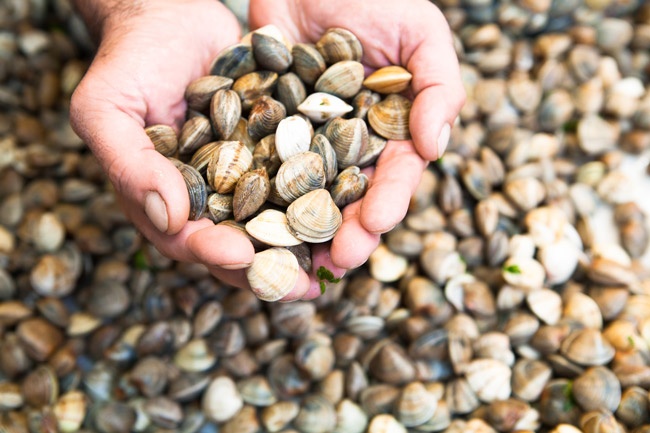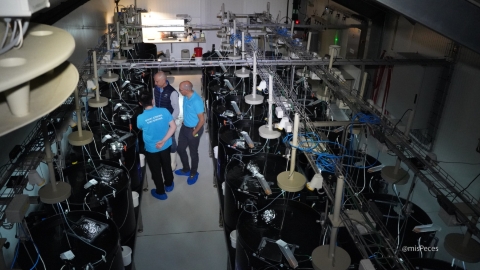
The global bivalve market is expected to remain under pressure throughout 2025, as production challenges, environmental disruption, and invasive species continue to strain supply. While oyster prices may soften due to declining consumer confidence, prices for mussels, clam and other bivalves are projected to stay high amid ongoing climate impacts and biological threats.
According to the latest FAO data, the outlook for oyster production in France-the leading European producer-remains bleak. “Forecasts indicate a steady decline in whole fresh oyster production in France from 2024 to 2028, as producers are faced by challenges linked to climate change and waste water management made difficult by heavy rainfall.” This decline follows a major norovirus contamination in Arcachon Bay at the end of 2024, which triggered a significant drop in consumer demand, even in unaffected regions.
Meanwhile, production of mussels and clam is also expected to decrease. In Italy, clam farming is facing a critical situation, with mortality rates of up to 80% reported in the Molise region. The ongoing invasion of the blue crab, which has wiped out large portions of juvenile clam stocks in the Po Delta, has compounded the damage. Mussels, while enjoying growing consumer demand and improved farming methods, are still vulnerable to climate-related disruptions and fluctuations in supply.
This tight supply scenario has pushed prices up across the board. Mussels and clams are trading at elevated levels, and are likely to remain there through 2025. “Prices are expected to stay stable at high level,” the report states, reflecting persistent supply-side constrains across multiple producing regions.
Trade volumes confirm the story of imbalance. In 2024, global clam exports rose to over 300 000 tonnes (+15% from China), while clam imports by the Republic of Korea increased by 10%. Mussels exports held steady at around 377 000 tonnes, led by Chile and Spain. However, French oyster exports were limited by strong domestic production, and Japanese scallop exports plunged by 15.7% due to China’s import ban.
With growing demand in some markets and worsening production outlooks in others, the international bivalve trade is heading into 2025 under significant strain. For producers and traders alike, the focus will be on adapting to climate variability, investing in resilience, and managing supply risks to navigate a complex and high-stakes year ahead.


